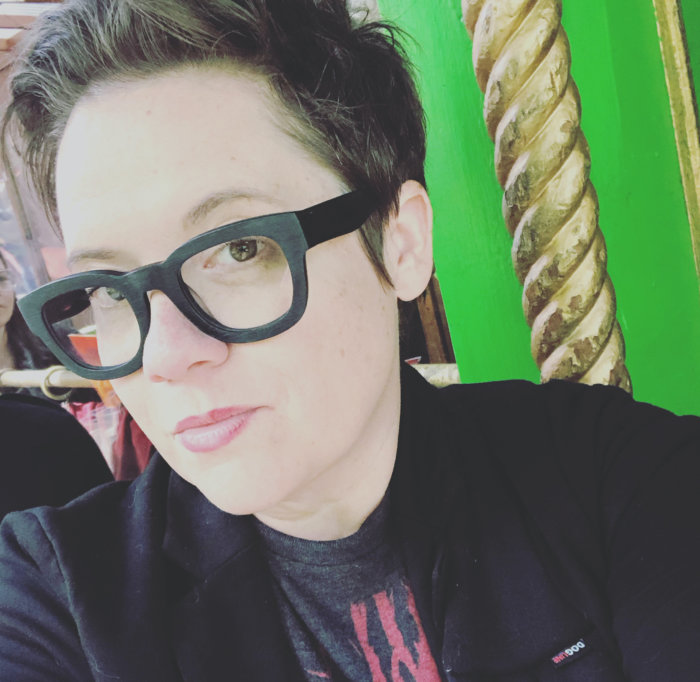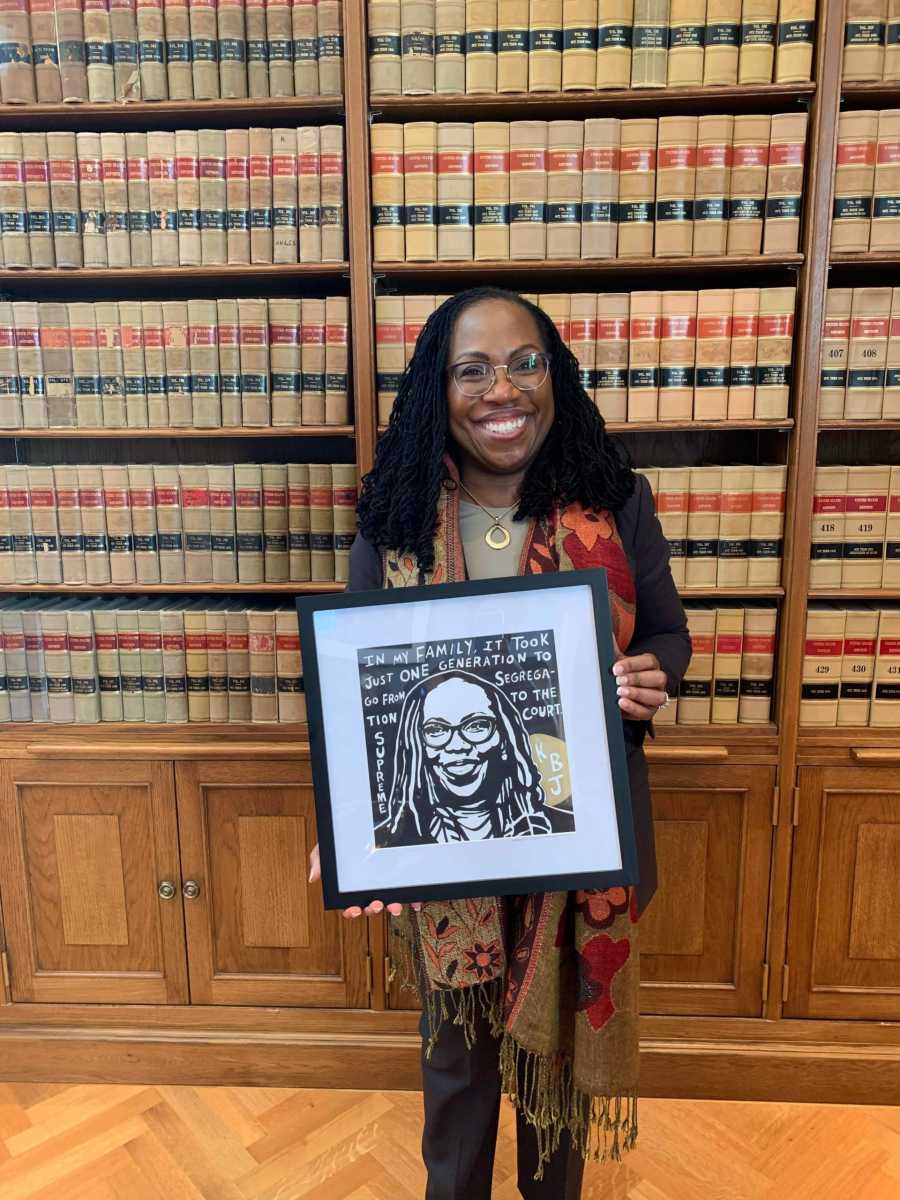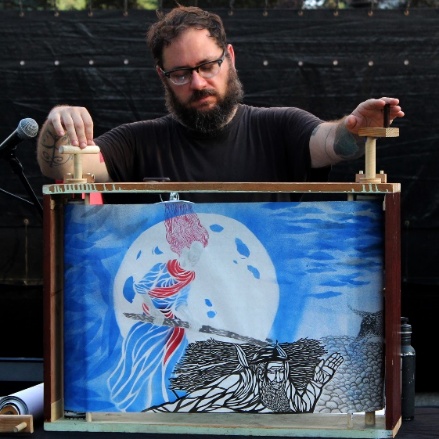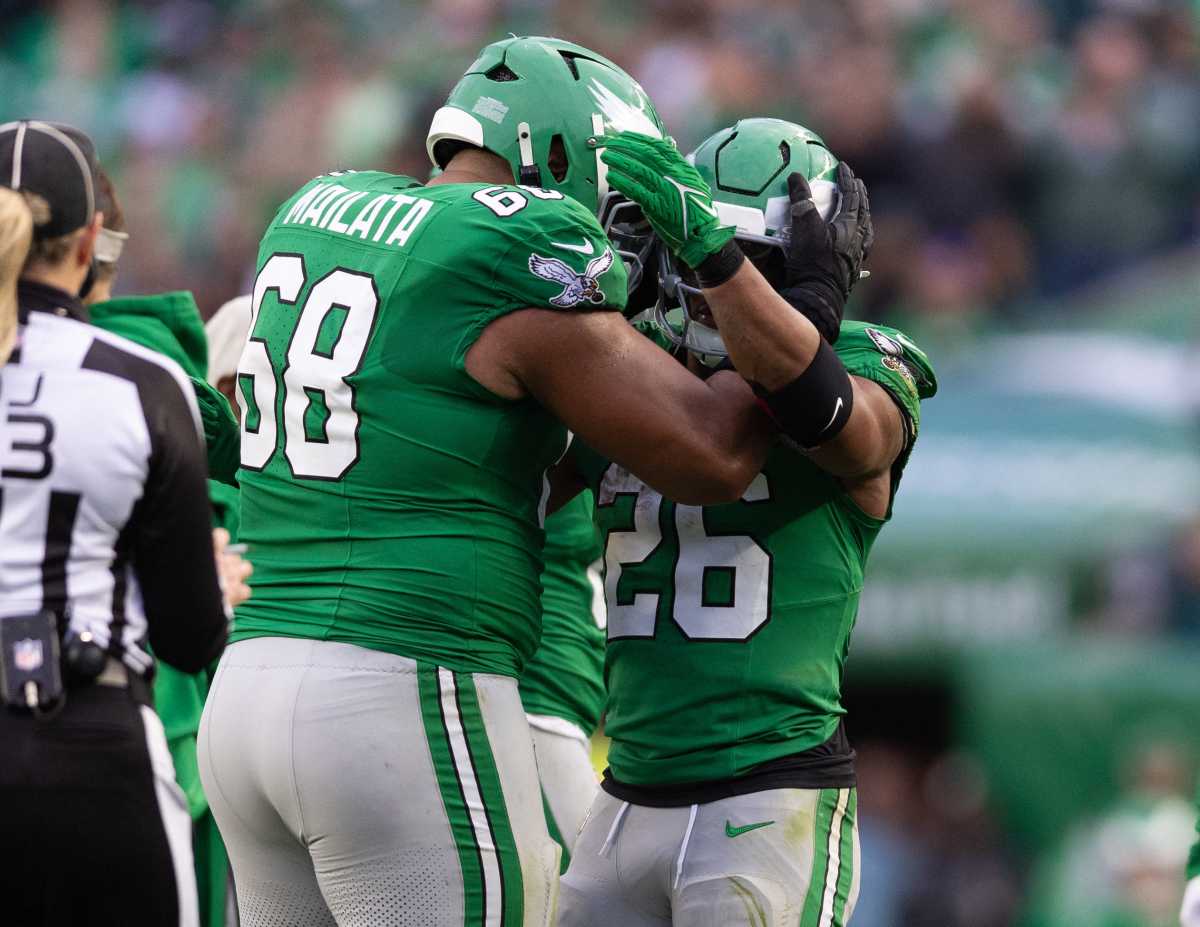If the phrase “Jack of all trades” was amended to include the tag, “master of everything,” Philadelphia artist-illustrator-author Natalie Hope McDonald would hold that sobriquet.
Forever acting as a journalist and editor, McDonald has concurrently forged a life as an artist and illustrator. Using waterproof ink and acid-free paper, McDonald essays daily life and urban architecture while making stops at portraits such as her recent United States Supreme Court Justice Ketanji Brown Jackson commission. Along with being in the Philadelphia Museum of Art’s permanent collection, McDonald’s new work is part of James Oliver Gallery’s ‘In the Mix’ exhibition, and she also has several murals spread throughout the city.

Metro sat down with McDonald to discuss her new work, inspirations and what it’s like having her portrait of Supreme Court Justice Ketanji Brown Jackson hang in Capitol Hill.
Please tell us about your evolution as a fine artist. What do believe you expose the viewer to?
I was always drawing as a kid. Always. Eventually I became a painter, having learned the ropes in art classes and just worked on it for many years. Whenever a younger artist asks how to be an artist, I suggest they keep doing it… constantly. My first real move into being an “artist” involved the abstract — mixed media on canvas, often large canvases, which I love, but are challenging for many reasons.
At one point I put down the paints and took up photography. It provided a different perspective that I desperately needed, a new way of seeing. What was a point-and-shoot hobby that kept me looking at things also kept my one foot in the creative world. It’s only recently that I realized a lot of the photos I was taking would inspire some of my newest works, both works on paper and three-dimensional pieces, some of which can be found in the new exhibition at James Oliver Gallery.
Chronicling street art led me to create my own new coded painting style. I wanted to pay homage to graffiti in a way that could live in the fine art realm on my own terms. I spend a lot of time in cities photographing street art. I find it more creative, more enriching than I do some of what I see in museums and galleries. What I am moved by on the streets reminds me so much of my very early sensibilities about abstract art, the neo-abstract expressionist style that is eeking its way back into my work in a new way. I feel like I’m finally coming full circle to where I need to be as an artist. I’m also using a lot of words in my art again. I guess I’ll always be a writer, too.
Your work within the exhibition at James Oliver Gallery has references to the late 80s. What inspired that?
As I get older, I find myself looking back to things that inspired me early on. I ended up combining a lot of punk graphic elements (the Bowie portrait) with detailed illustrative techniques and loud 80s colors to create a mood that I needed to live in post-pandemic. The first silver mylar word art piece I did was “The Party Is Not Over.” It became an expression of hope, and maybe a little nostalgic — it’s about getting back to life and finding purpose. It’s also all about Warhol, disco, lipstick messages on mirrors and glam.

How did you get to U.S. Supreme Court Justice Ketanji Brown Jackson’s commission, and how do you feel knowing your work hangs on Capitol Hill?
Someone who knows the Justice commissioned the piece. I didn’t realize that it would end up hanging in her chambers. But it means a lot to me that she liked my non-traditional style and wanted to display it so prominently. It’s not exactly what you might imagine when you think of a portrait of a Supreme Court Justice. But Shepard Fairey’s Obama was pretty unique, too, I suppose.
The fact that she is the first African-American woman to be appointed to SCOTUS makes this an enormous honor. I value what she brings to the court. We need diversity on the court to reflect our country. That’s my kind of patriotism.
Your crowd illustrations are Bruegel-esque (Renaissance painter Pieter Bruegel) and your close-ups have a woodcut quality.
I love this. I haven’t thought of my murals that way. I can see how my portraits of people might appear to look a bit like woodcuts. They have a very distinct light and dark quality. The murals come from an endless love of pop culture and symbols, whatever I can come up with to create a whirlwind of meaning that people can ideally get lost in. They have themes because they tend to be commercial projects. But I would like to create a few that are more abstract and less specific.
Their large sizes tend to create room to really explore how words and images can work together in a way that ultimately involves one big and sometimes chaotic picture. But if you step back, the details are often quieted and it has this very classic abstract quality that I love. I work in different styles, from figurative illustrations — like my Boombox series — to abstract paintings on canvas, the newest ones incorporating my coded “graffiti” and three-dimensional pieces.
For the first time this year I worked with a conceptual builder Marcello Brening Barrera to create an installation of a halved home covered with graffiti for “In the Mix.” It’s big, colorful, but also symbolizes a lot of feelings about my past.

Who you are beyond an artist and writer?
I’m a detailed person who gets inspired unexpectedly but knows when I’m onto something — journalist instinct, perhaps? I’m curious and tend to fight for what’s right. I read all the time. I have my struggles that continually shape who I am, and who I am becoming as a woman.
I tend to think the tough times in life can inspire amazing changes and surprising confidence, even though it can feel lousy some days. I’ve experienced a lot of loss early in life that tends to make me reflective, maybe a little impatient about getting things accomplished. I am completely in love with the images and forms that surround us in the world, but can easily be overlooked.
City life fuels me even though it can be a huge pain in the a**. I collect art in addition to making art. I think Ryan Murphy and I would be great friends. We both obsess over the same stuff. He just doesn’t know it yet.




























